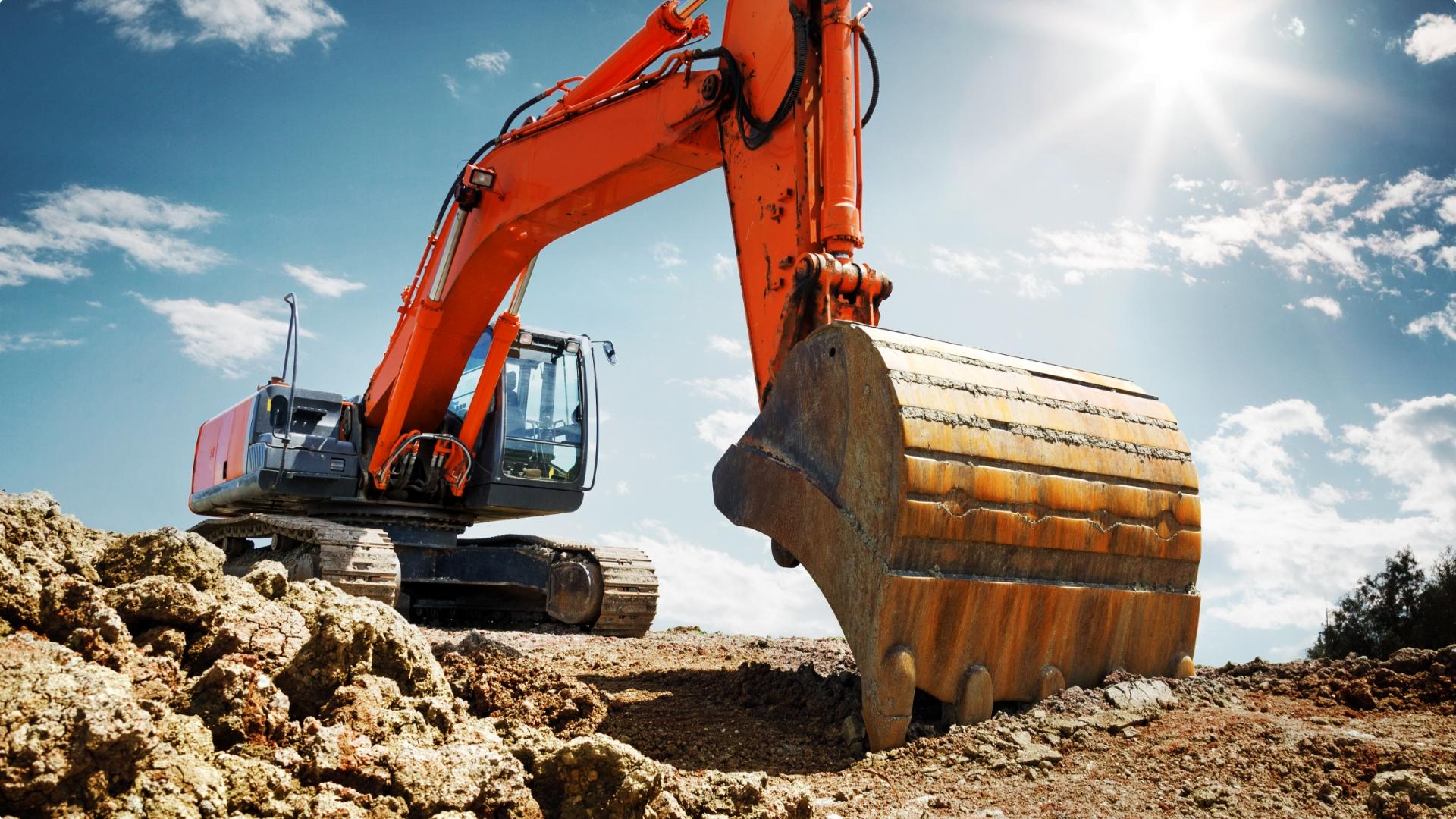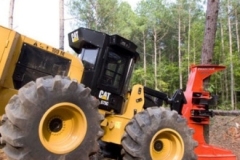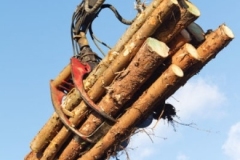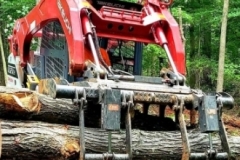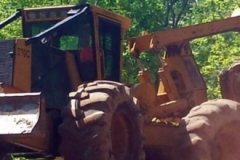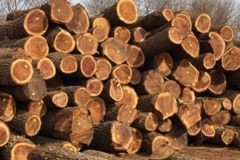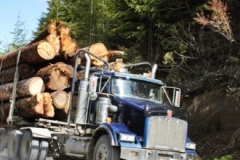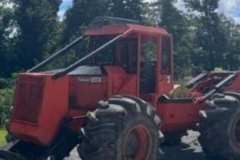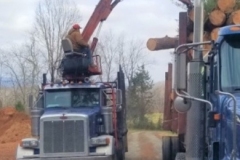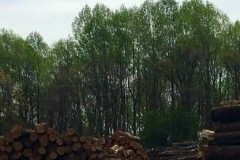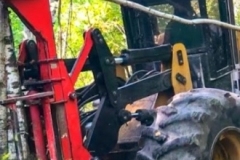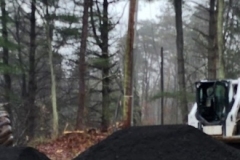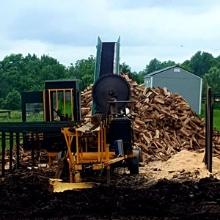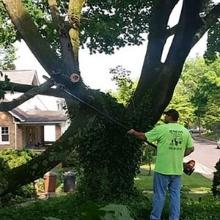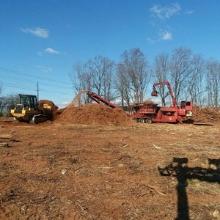
Services > Logging Services & Timber Hauling
Logging Services & Timber Harvesting
Your Land Is Your Investment!
Choose the Right Logger Contractor, Experience Matters!
You owe it to yourself and your land to hire a Logging Contractor that you can trust. Consulting with the right logging contractor prior to the logging operations can reduce your land cleanup costs by 50% on average.
Our certified SHARP loggers conduct the Best Management Practices tailored to your project. With over 20+ years of experience in the timber industry, we are here to meet your timber harvesting needs. From forest management to timber marketing, our experienced professionals carry a deep respect and concern for our forests.

We Complete…
We Purchase…
Our Project Sizes…
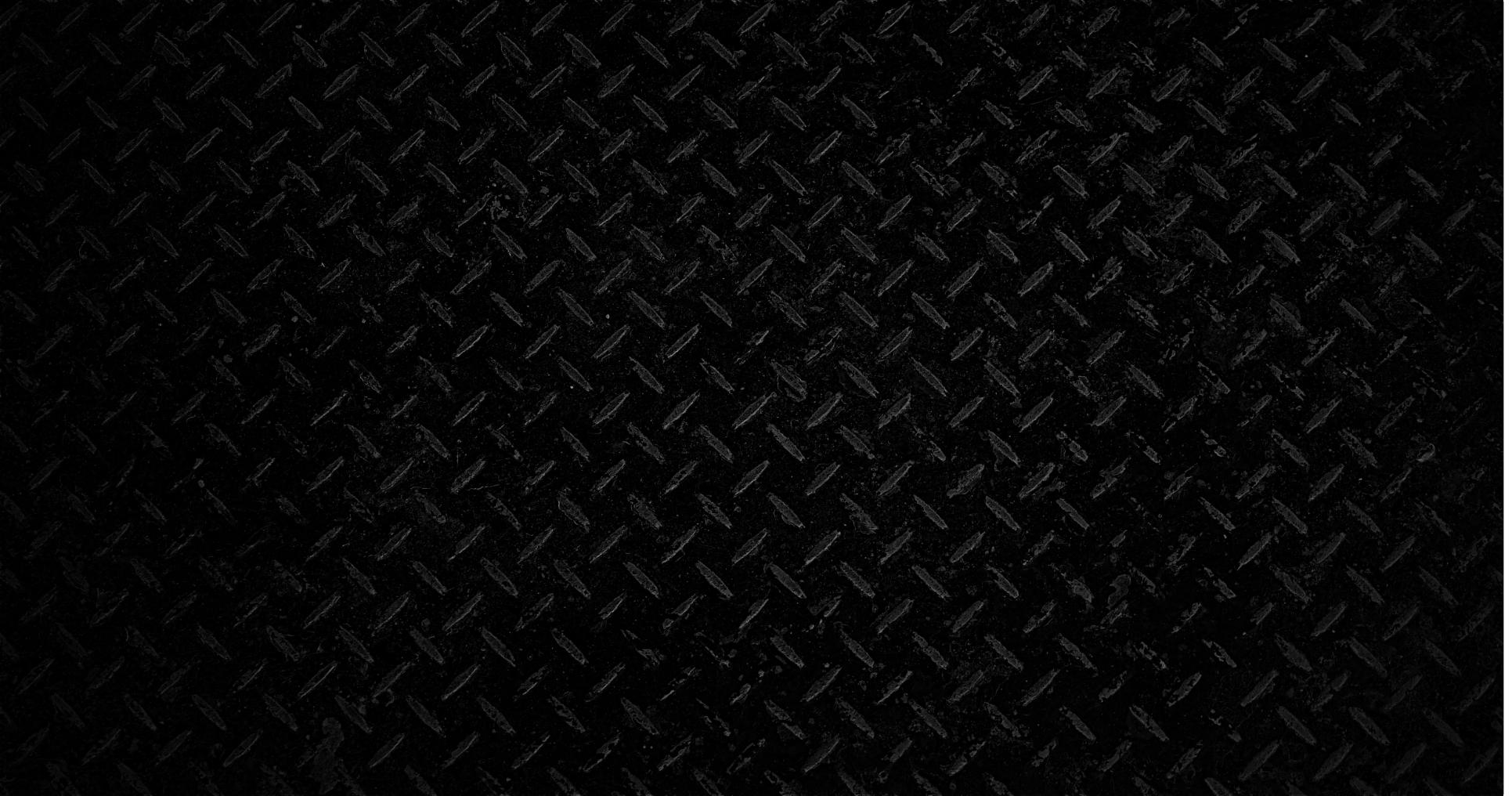
Our 5 Step Process
Contact Us for Your Logging Project
Set Up A Timber Harvesting Plan
Sign a Written Contract Agreement
Obtain a Logging Permit for Project
Schedule & Begin Your Harvest
Our Goal for You
Our primary objective is to understand your needs for your land.
From there we focus on learning your expectations and connecting you with the precise services.
…but first you need to understand
Timber Buying & Logging Operations are a rather Complex Process
Let’s Set the Record Straight!
Timber Harvesting is NOT Land Clearing
Unfortunately, misinformation leading to misreporting is something we see all too regularly in the forest and wood products industry. Much of what we read and see about our industry stems from a lack of awareness. Recently, criticism of the forest and wood products industry has been around harvesting and land clearing, and confusing one with the other.
Land clearing is the direct removal of vegetation cover from forested areas, in order to allow the land to be used for other purposes.
Timber harvesting is sustainable removal of trees, where they are replaced by another tree, either naturally grown or planted. Sustainable forest management ensures that there is no ecological damage to other species and the forest maintains its biodiversity, its climate and water cycles.
Are you a landowner thinking of selling your wooded property?
- Do you merely need to know the total value of your land, including its standing timber? If so, you need an impartial standing timber estimate by an experienced professional.
- Consulting with a professional and reliable logging company? Cruising timber is often the first step, it’s a systematic, statistically valid forest inventory used to obtain qualitative information about the forest.
- Consulting with a forester? A forester is an independent professional who provides services to private woodland owners. Services may include expert advice, preparations, appraisal of timber value, planning and oversight of timber harvesting, retained by woodland owners as their agent.
- Now it’s important to understand, Forester Consultants do not have the direct connections with the firms buying the wood products, like the logging company does. Therefore, depending on the timber market industry at the time of the harvest, the timber value may increase or decrease.
- Veneer logs are the best of the best, a fine high-quality log of a desirable species suitable for conversion to veneer. In order to qualify as veneer logs, the logs must be large, straight, of minimum taper, and free from defects.
- Hardwood grade logs are generally the first or second cut logs, the designation of the quality of a manufactured piece of wood or of logs.
- Pulpwood is a lower level wood suitable for firewood use or in paper manufacturing depending on the current market demands.
- Defective logs are not valuable, defects are any irregularity or imperfection on a tree, log, or other wood product that reduces the volume of usable wood or lowers its durability, strength, or utility value. Defects may result from knots and other growth conditions and abnormalities; from insect or fungus attack; or from logging, or other processing procedures.
- Log scaling is the estimation of the board foot volume to be sawn from a log. A log scale volume is an accepted form of measurement in log marketing.
- Butt log is a log cut from the bole immediately above the stump.
- Board footage is a unit for measuring wood volume in a tree, log, or board. A board foot is 1 foot by 1 foot by 1 inch, but any shape containing 144 cubic inches of wood equals one board foot. Usually used for saw-log material only. A common symbol is MBF, which designates one thousand board feet.
- Cut-to-length method is a mechanical harvesting system where trees are cut and processed into various product lengths in the woods, then moved to yard or landing.
- Diameter limit sale is a timber sale in which all trees over a specified diameter may be cut often resulting in high grading.
Selective Cutting Harvest Method
Selective cutting, also called selective thinning, involves carefully choosing which trees to log, while leaving the rest of the forest intact. This process allows for better yield and productivity over several decades. Each year provides trees for harvest, rather than having to wait a minimum of sixty years after a clear cut.
Clear Cutting Harvest Method
Currently, the technique in which most trees are harvested is done by clear cutting. This involves removing large sections of forest, dozens of acres at a time, and either replanting within two years, or allowing natural regeneration to occur. Supporters of this method claim that certain trees grow better in clear cut areas because it allows the saplings full sunlight and more room to grow. After sixty years, the young trees that regenerated are clear cut, and the process begins all over again.
- Best management practices (BMPs) are voluntary guidelines developed by the Virginia Forestry Department determined to be the most effective and practicable means of minimizing erosion and sedimentation of water bodies (streams, ponds, lakes, rivers, etc.) from logging activities.
- Buffer strip is a narrow zone or strip of land, trees, or vegetation bordering an area. Common examples include visual buffers, which screen the view along roads, and streamside buffers, which are used to protect water quality. Vegetation left along a stream, lake or wetland to protect aquatic life and water quality. Buffer strips filter sediment, provide food, maintain water temperature, and may increase diversity within a landscape.
- Felling is the cutting of standing trees.
- Feller buncher is a harvesting machine that cuts standing trees and can accumulate and carry or place more than one stem at a time.
- Landing site is a cleared area within or adjacent to a timber harvest where logs or tree length material are processed, piled, stored and loaded for transport to a sawmill or other facilities.
- Processor aka “in-woods processor” is a harvesting machine that can fell, delimb and buck trees into various product lengths, then pile them for further transport.
- Skidder is a generic term for a machine (usually rubber-tired) with a cable winch or grapple, used to drag trees and/or logs out of the forest.
After you have the timber logged off of your property. There are tree tops, limbs, logs and stumps left behind. There are usually trees that were not good for harvesting, referred to as defective logs.
Related Services
